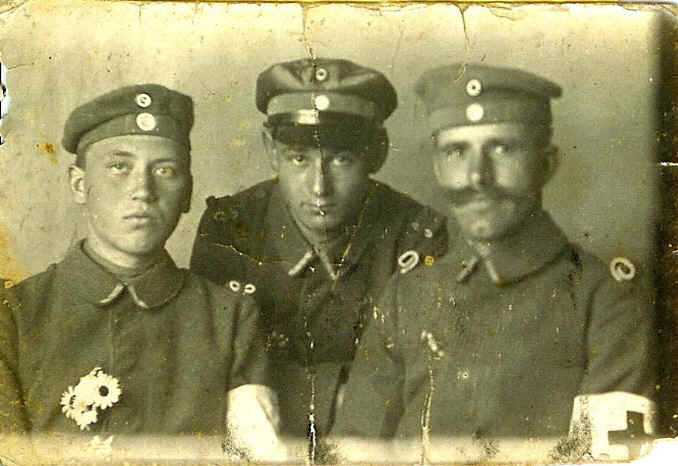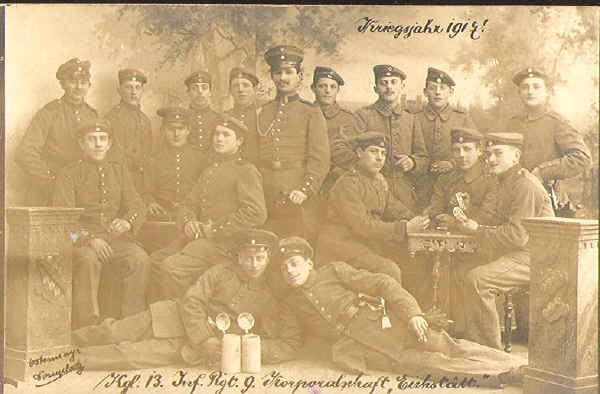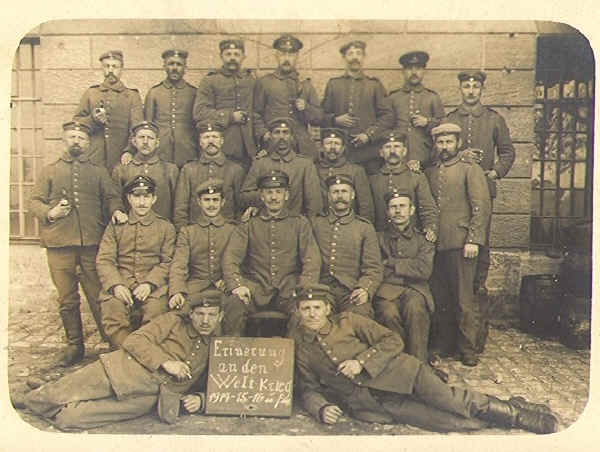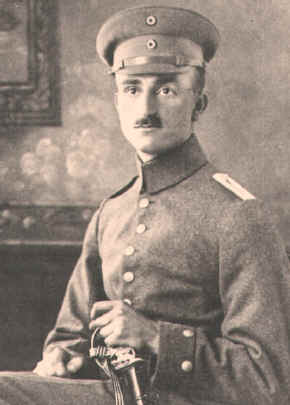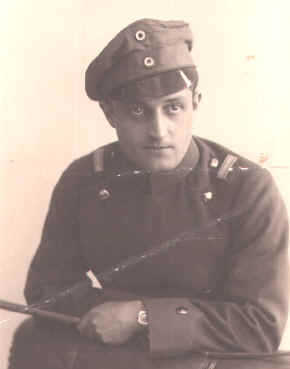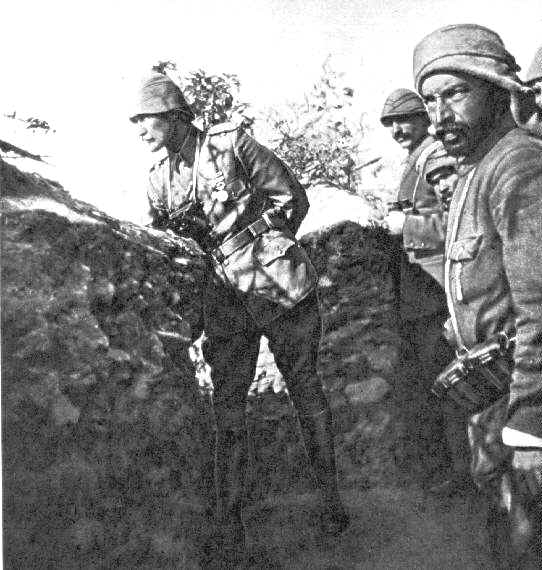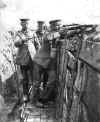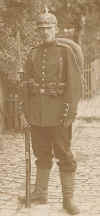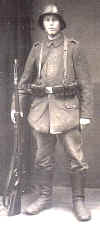 |
| Category: The Enemy |

|
|
|
|
|
|
Enemy troops of WW1 (Turkish) |
|
Turkish
Commander Mustafa Kemal Pasha (Kemal Ataturk) in trenches at Chunuk
Bair with some of his soldiers (above)
and right >>>
- in formal uniform
-
- (photo above provided by Mustafa
Senocak)
|
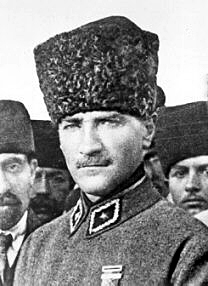
|
| Famous
orders of Kemal Ataturk at Gallipoli |
| This was a tough and
fearless fighting leader who was one of 2 or 3 who changed the outcome
of the Anzac campaign. Here are two orders that he issued.
25 April 1915:
"I do not order you to attack; I order you to die. In the time
which passes until we die other troops and other commanders can take our
places".
Circa. 29 April 1915:
"Every soldier who fights here with me must realize that he is in
honour bound to not to retreat one step. Let me remind you all that if
you want to rest there will be no rest for our whole nation throughout
eternity. I am sure that all our comrades will agree on this and that
they will show no signs of fatigue until the enemy is finally hurled
into the sea." |
 |
WW1 German Troops |
|
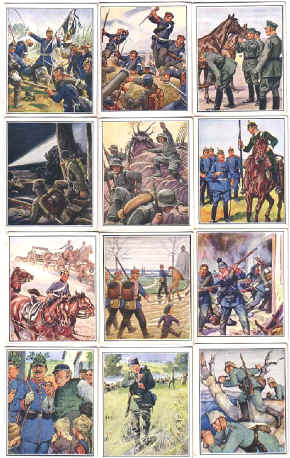 |
- <<<
12 assorted cigarette cards showing different scenes of military
life in the German Army, WW1.
- Click image to enlarge it.

|
|

|
| The
Enemy (1) these German soldiers are wearing the older style,
ceremonial helmets (Pickelhaube) that proved too costly to manufacture and of no real
worth in trench warfare. |
|

|
|
Ersatz Model 1915 Preußen (Hanover) felt
Infantry enlisted Pickelhaube. The helmet was manufactured as a Model 1915
with all Feldgrau steel fittings. Although the vast majority of Ersatz
felt helmets are unmarked, this example has faint Army Korps "BA
X" markings which are visible on the top of the skull interior and
also on the rear visor.
>>>
|
 |
 |
The
Enemy (2). These German soldiers are wearing the new model
metal helmet designed for trench warfare. The Model 1916 helmet was
developed in 1915 to counter the effects of countless head wounds due to
der Stellungskrieg (trench warfare). The helmets were first issued for
field testing in Dec 1915 to the 1st Assault Battalion. The trials were so
satisfactory that an initial issue of helmets was made by Jan 1916. Unlike
the Allied helmets, the German helmet used a very high quality
chromium-nickel steel and afforded superb protection to the neck and ears.
The helmet weighed approximately 1 Kilogram (2.2 Lb.) and was issued in
six sizes 60 to 70 in 2 cm increments. There are two ventilation lugs on
either side of the temple area. |
 |
 |
The Enemy
(3) A group of young German soldiers from Wurtemburg. They are
members of the 248th Regiment, a new unit created after 1916. The soldier
seated on the right, and the others standing behind are wearing dark brown
corduroy trousers. By 1916, many private purchase items began to
supplement standard government issue clothing and boots, which were
becoming more difficult to supply on a regular basis. The corduroy
trousers were popular with mountain climbers, and soon with soldiers in
the trenches as well |
 |
|



